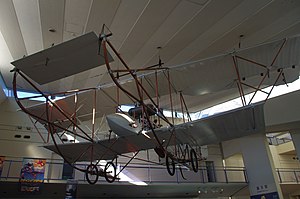.mw-parser-output .hidden-begin{box-sizing:border-box;width:100%;padding:5px;border:none;font-size:95%}.mw-parser-output .hidden-title{font-weight:bold;line-height:1.6;text-align:left}.mw-parser-output .hidden-content{text-align:left}@media all and (max-width:500px){.mw-parser-output .hidden-begin{width:auto!important;clear:none!important;float:none!important))You can help expand this article with text translated from the corresponding article in Japanese. (February 2016) Click [show] for important translation instructions.
Machine translation, like DeepL or Google Translate, is a useful starting point for translations, but translators must revise errors as necessary and confirm that the translation is accurate, rather than simply copy-pasting machine-translated text into the English Wikipedia.
Do not translate text that appears unreliable or low-quality. If possible, verify the text with references provided in the foreign-language article.
You must provide copyright attribution in the edit summary accompanying your translation by providing an interlanguage link to the source of your translation. A model attribution edit summary is Content in this edit is translated from the existing Japanese Wikipedia article at [[:ja:会式一号機]]; see its history for attribution.
You may also add the template ((Translated|ja|会式一号機)) to the talk page.
For more guidance, see Wikipedia:Translation.
| Kaishiki No.1 | |
|---|---|

| |
| Replica at Tokorozawa Aviation Museum | |
| Role | First military airplane designed and flown in Japan |
| National origin | Japan |
| Designer | Yoshitoshi Tokugawa |
| Number built | 1 |
| Developed from | Farman III |
| Developed into | Kaishiki No.2-6 |
| Other name(s) | Kaishiki 1, Kaishiki Biplane 1 |
| Type | Experimental biplane |
| First flight | October 13, 1911 |
The 会式一号機 (Kaishiki No.1, kaishikiichigouki) was the first successful[a] Japanese-designed and constructed airplane. It was designed by Captain Yoshitoshi Tokugawa and was first flown by him on October 13, 1911, at Tokorozawa in Saitama Prefecture.[2]
There is a replica displayed in the Tokorozawa Aviation Museum, located near the place where the aircraft's first flight took place.[3]